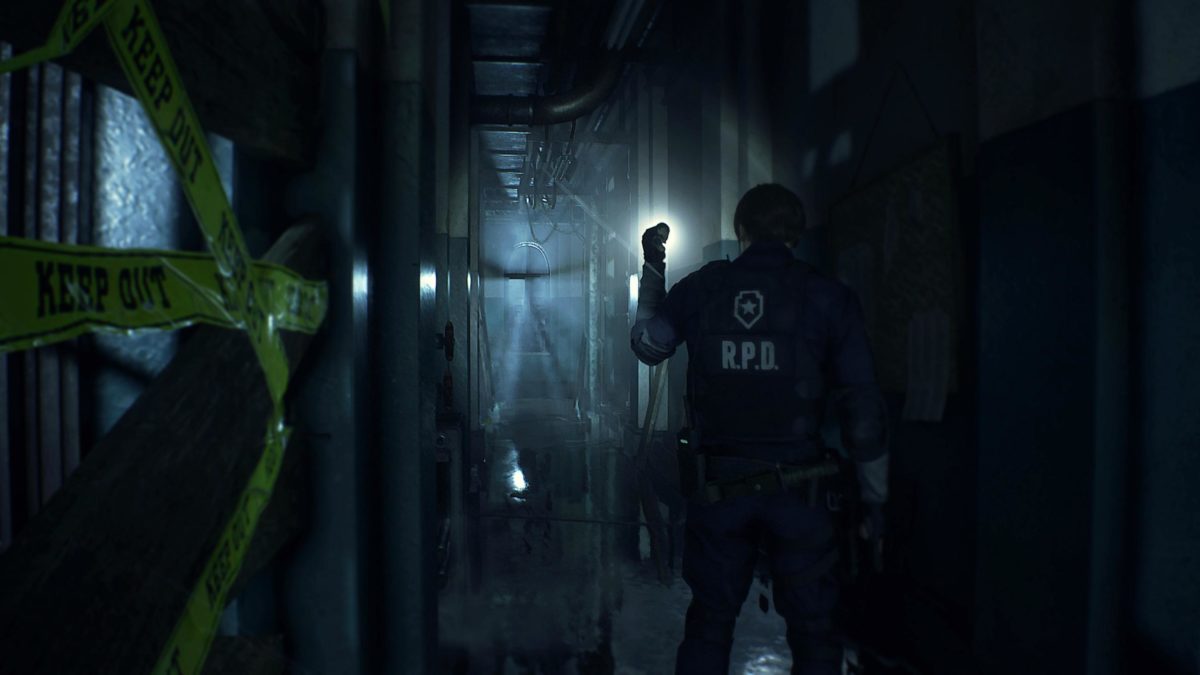How Resident Evil 2 (2019) taught me to love horror

I will just come out and say it—I am a coward and many things in this big world scare me, probably part of the reason I am such an introvert in the first place. Seeing spiders, big or small, gives me anxiety. Five-foot tall ladders could make my legs feel wobbly. Doki Doki Literature Club (DDLC) convinced me that my computer was infected by a virus taking the form of a high-school anime girl. At the time, I could never understand why horror is such an appealing genre within the realm of games. Why would anyone want to experience something that could potentially give nightmares and mini heart attacks? The answer is the satisfaction of overcoming your fears, something that Capcom’s zombie-slaying survival horror game manages to achieve with flying colors.
Since the success of Amnesia: The Dark Descent back in 2010, the horror genre gained a resurgence within the past decade, and for good reason. Instead of just hideous monsters crashing walls and ceiling tiles, the main character could be his worst enemy. The minimalist HUD, lack of combat, and the sanity mechanic meant playing hide-and-seek in the dark was the only way to avoid danger. However, staying in the dark too long drains your sanity and would eventually lead to hallucinations. Thus influencing future releases, like Outlast and Slender: The Eight Pages to adopt a gameplay style focusing on atmosphere and immersion, over mechanics.
The issue with these games is that they do not have a moment of opportunity in the game to allow the player to overcome their fears of the adversary. Running away and hiding only delays your impending doom and can make gameplay very fatiguing. To an extent, they are almost comparable to “walking simulators” with very rudimentary stealth systems built-in. Did something spot you? Hide under this bed until it is safe. Did I happen to pick the wrong hallway while running away from Chris Walker? Instant death and a restart at the nearest checkpoint.
Capcom has chosen to meld together both kinds of horror games. Even with access to grenades, knives, and firearms, the monsters of Resident Evil 2 are tough to put down. While impossible to kill all of them, incapacitation is very doable and vital to avoiding enemies. Health and ammo are plentiful enough as long as they are used sparingly but also fit into the game’s emphasis on resource management. Should I discard this flashbang for this green herb, or risk a trip back to a storage box to make enough room to carry both? It all eventually pays off in the game’s penultimate boss fights where hours of pent-up fears and frustration can finally be unleashed on that trench coat wearing mutant. Leon’s dialogue reflects this sentiment by starting the final confrontation with a confident, “Alright, come on!”
Former Capcom director Shinji Mikami once said, “This is just my personal take, but to me, the definition of survival horror is a game where fear and the sense of exhilaration coincide…”
I think the father of survival horror has a point. If there’s one thing I have learned from Resident Evil 2, it is that the game wants to scare the player to the point they learn to overcome their fears. You are no longer trapped with the zombies—they are trapped with you.

